Best distortion pedals for metal 2025: Our pick of the best high-gain guitar pedals
Explore the dark side of drive with the best stompboxes for heavy tones
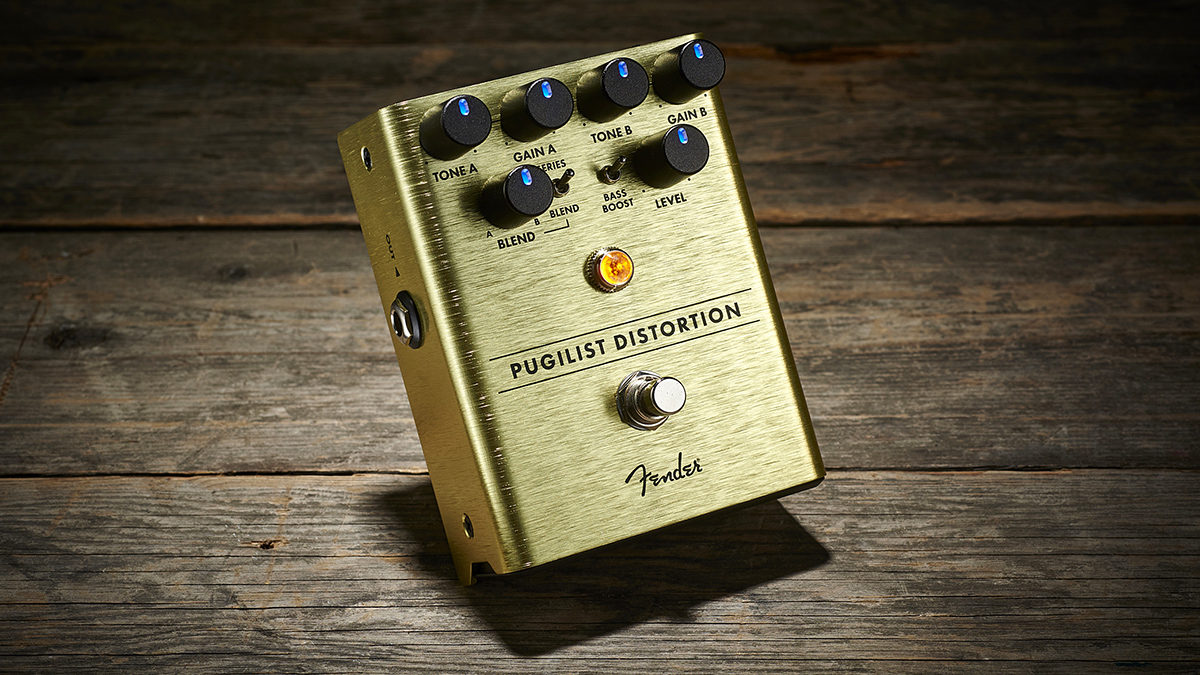
As every seasoned metalhead knows, a high-gain tube amp with a decent boost in front is metal nirvana. Sometimes, though, you need variation - the chainsaw of a BOSS HM-2, the stinging, fat saturation of a RAT - and these timbres can't be had from a tube amp. No, for that you’ll need one of the best distortion pedals for metal.
Most of us started in a bedroom with a tiny guitar amp. With small solid-state amps, it's hard to pretend you're on stage at Wembley without a mountain of metal distortion. That's where these high-gain monsters come in. Besides, even if you are playing Wembley, a Metal Zone probably wouldn't hurt…
Best distortion pedals for metal: Our top picks
If you want a true metal masterpiece, then you've got to go to a master. The Amptweaker line comes from the genius behind the Peavey 5150. It's no surprise then that every pedal in the range is a winner. Their TightMetal has enough gain on tap to turn a practice amp into a metal machine, or enough volume to smash your favourite tube amp into submission.
If you're on a budget, and playing songs where there's open riffing and chords rather than chugging, then the ProCo RAT is a great choice. Despite being a powerful high-gain option for the discerning metaller, they're not as common as they used to be on 'boards. This means you'll have a more distinctive sound if you do use one.
Best distortion pedals for metal: Product guide & reviews

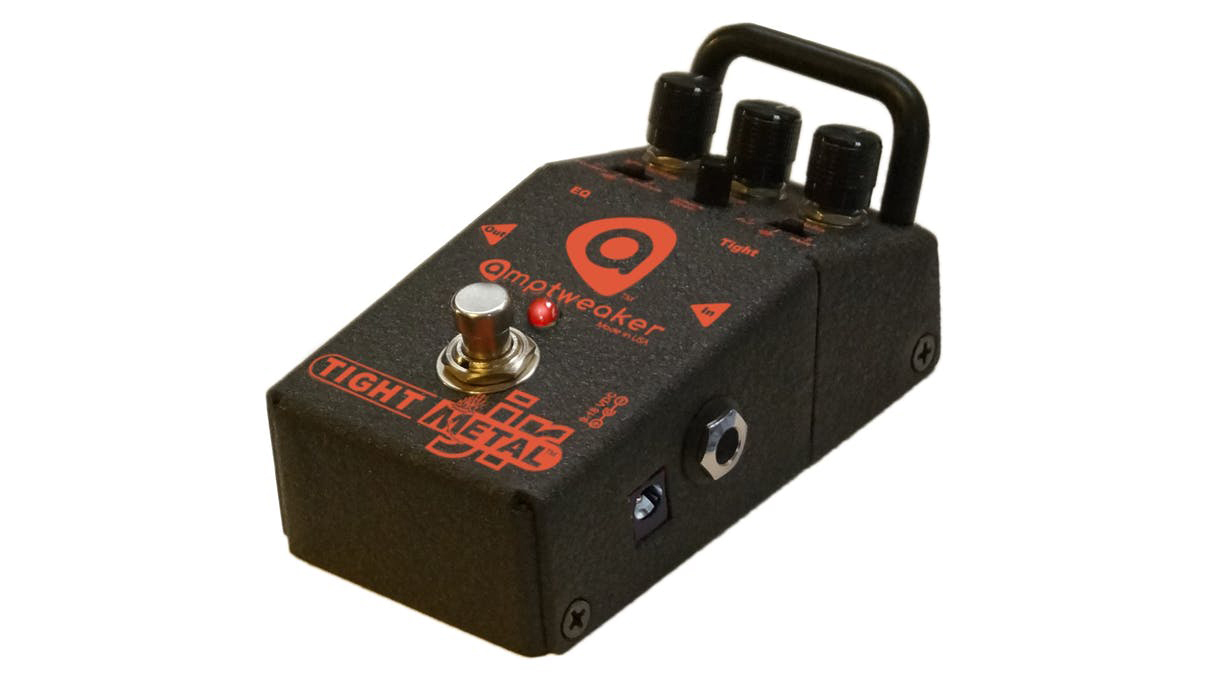
1. Amptweaker TightMetal Jr
Our expert review:
Specifications
Reasons to buy
Reasons to avoid
Amptweaker is the brainchild of James Brown, the lead engineer on the Peavey 5150. With that heritage, you might be forgiven for having high expectations - and Amptweaker delivers.
Compared with the original TightMetal, the Jr has a much better noise gate, lower noise floor and additional EQ options that allow it to take on some of the tonality of its FatMetal pedal. Convincing chug and powerful arpeggiated chords are easy to find with a Les Paul and a Jazzmaster. With the tight switch engaged, the pedal will even djent. With a seven-string in hand, you can smash out Tesseract without a mushy bass.
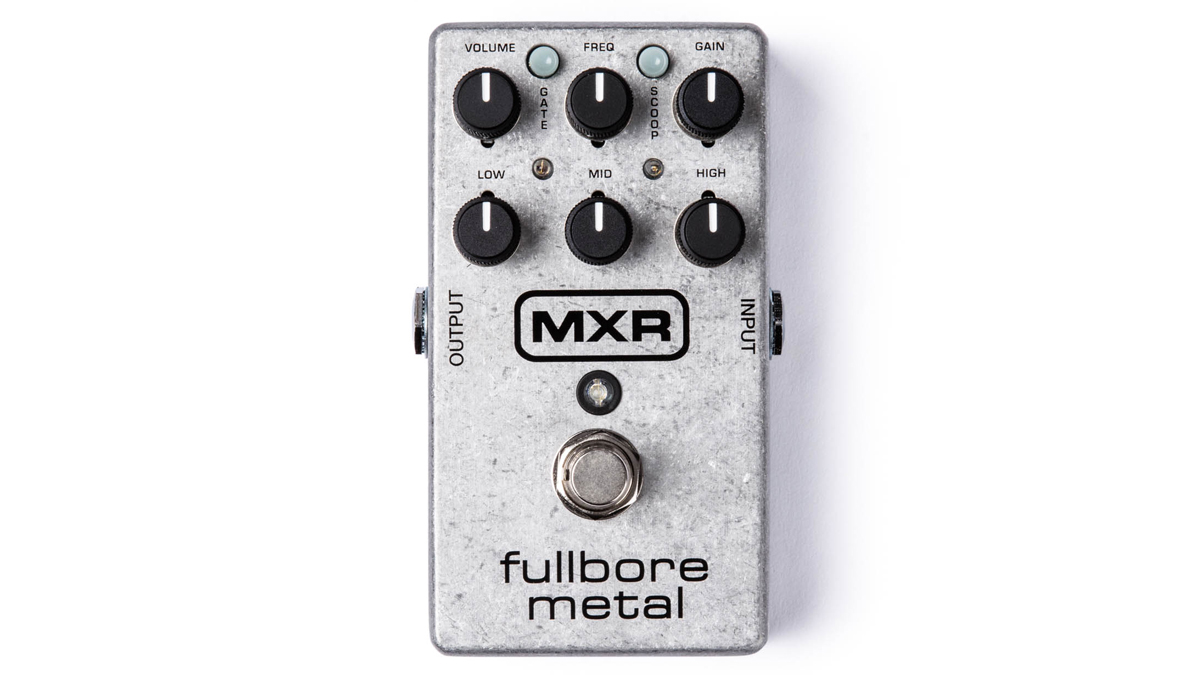

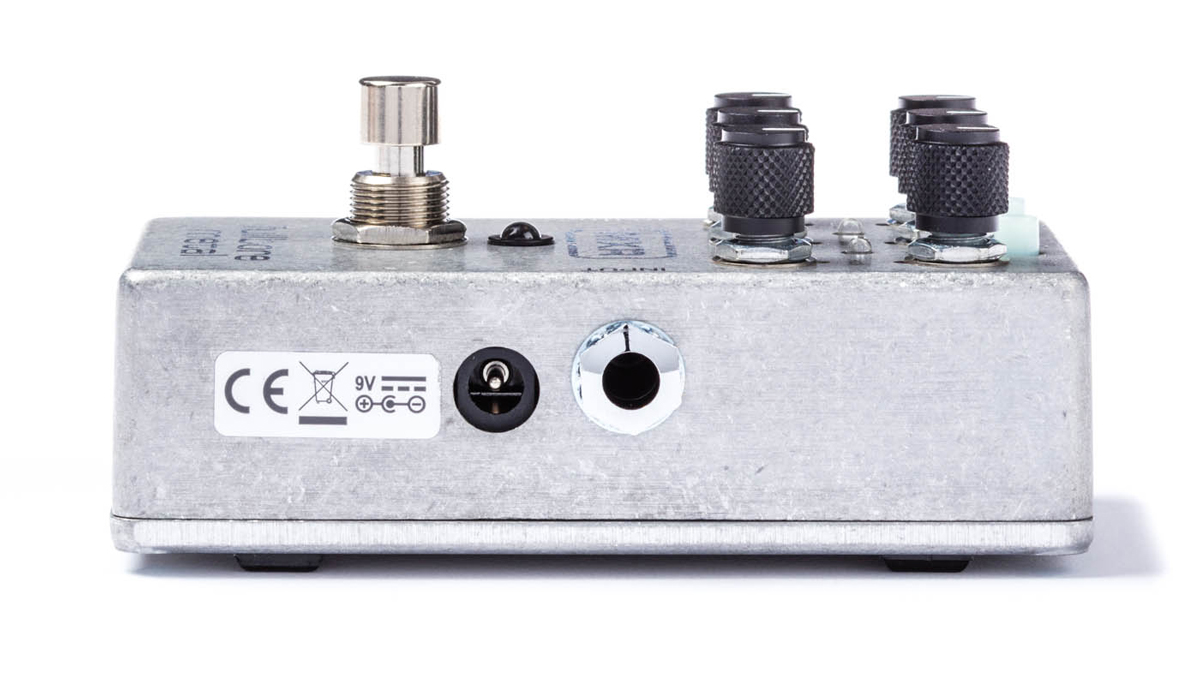
2. MXR Fullbore Metal
Our expert review:
Specifications
Reasons to buy
Reasons to avoid
The Fullbore is a distortion pedal done to near-perfection. Fat and full at low gain, pushing the dial makes this pedal turn seriously nasty, with a saturated, jaw-breaking bark that punches holes in the mix and makes its rivals seem just a little polite by comparison.
Tonally, it’s your dream ticket for modern metal, and that’s consolidated by the brilliant trimmings, with a scoop switch that instantly trims the fat from your tone, Metallica-style, and an optional noise gate that kills anything below a set volume (although you’ll need to disable it for more subtle play). There's enough tweakability to hold your interest, and with bone-snapping aggression, this is worthy of a slot on anyone’s pedalboard.

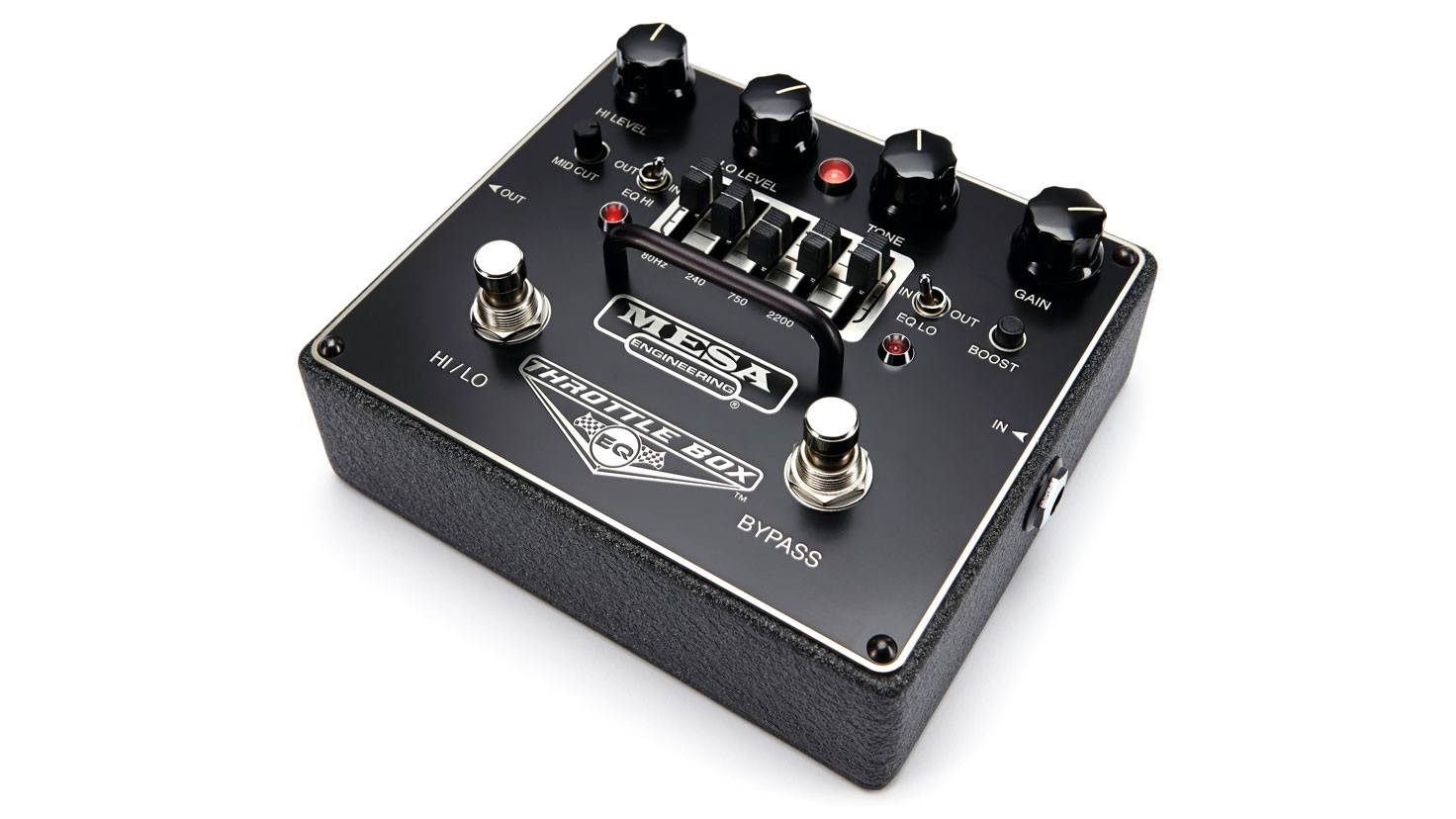
3. Mesa/Boogie Throttle Box EQ
Our expert review:
Specifications
Reasons to buy
Reasons to avoid
This wide-ranging dirt box from the legendary amp maker packs a five-band EQ, plus a host more flexibility: the hi/lo footswitch toggles between more and less gain, with volume knobs for each mode; the boost switch - for extra low-end and dirt - is easily accessible, and you can also deactivate the EQ on the hi or lo modes.
With a saturated, yet responsive chunk, the hi mode puts Foo Fighters, Metallica and Dream Theater at your feet, thanks to the extra EQ, which sparkles and scoops without any harshness. But while you won't find transparent break-up tones on the lo mode, its harmonically rich overdrive cleans up beautifully with the guitar's volume knob.
Read the full review: Mesa/Boogie Throttle Box EQ
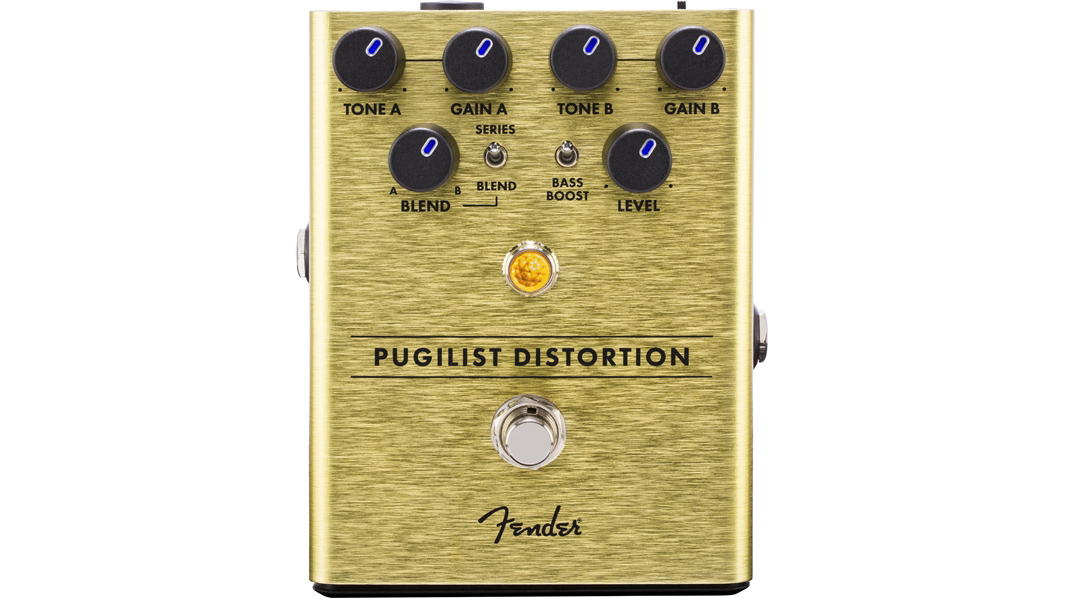
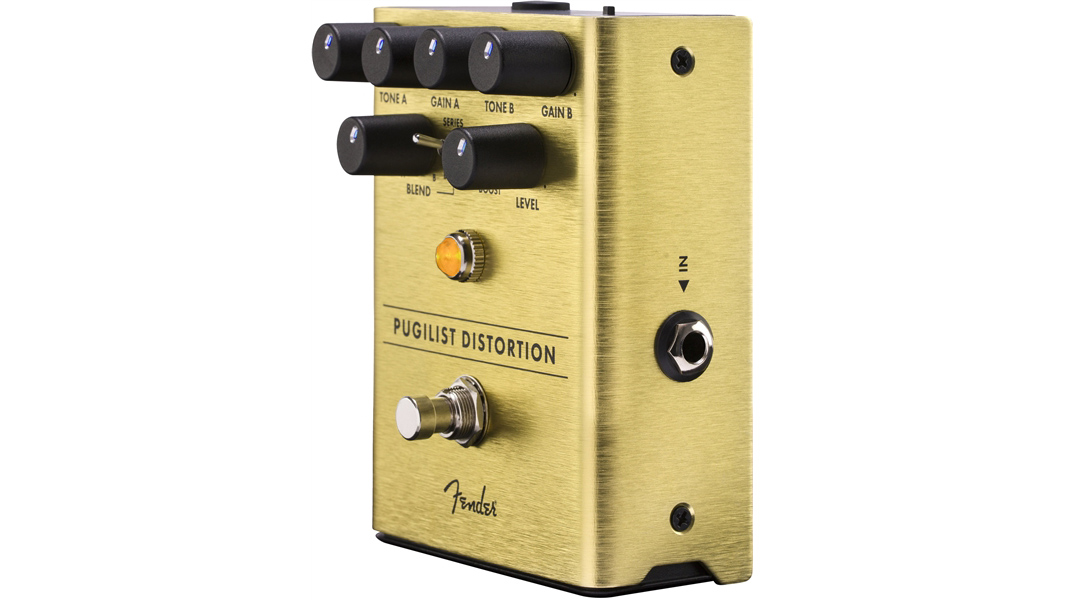

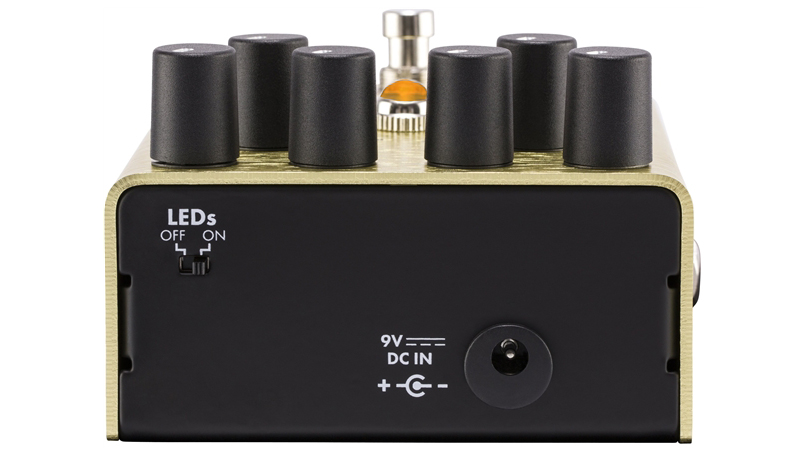

4. Fender Pugilist Distortion
Our expert review:
Specifications
Reasons to buy
Reasons to avoid
The Pugilist offers dual gain engines (A and B) linked to a blend knob so you can have 100 percent A or B or a mix of both. This is a brilliant feature as there’s a wide variation of tone available from blending the two channels especially as each has its own adjustable gain and tone.
Channel A offers a slightly milder distortion than B, so you can use a touch of A to add clarity and pick attack to the saturated sound of B. Or you could have a mixture of both, reminiscent of playing through two amps. You can also choose to run the two engines in series where full-on high-gain sound with rich harmonics is pretty much guaranteed.
Read the full review: Fender Pugilist Distortion
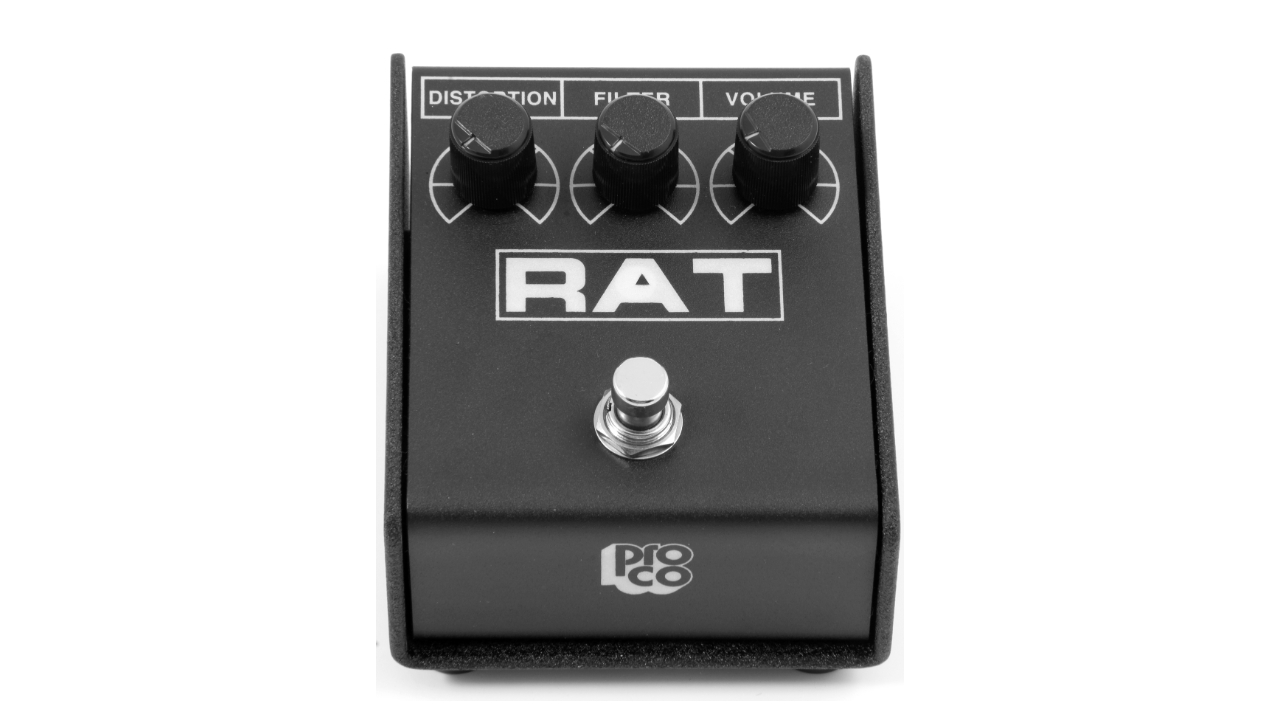
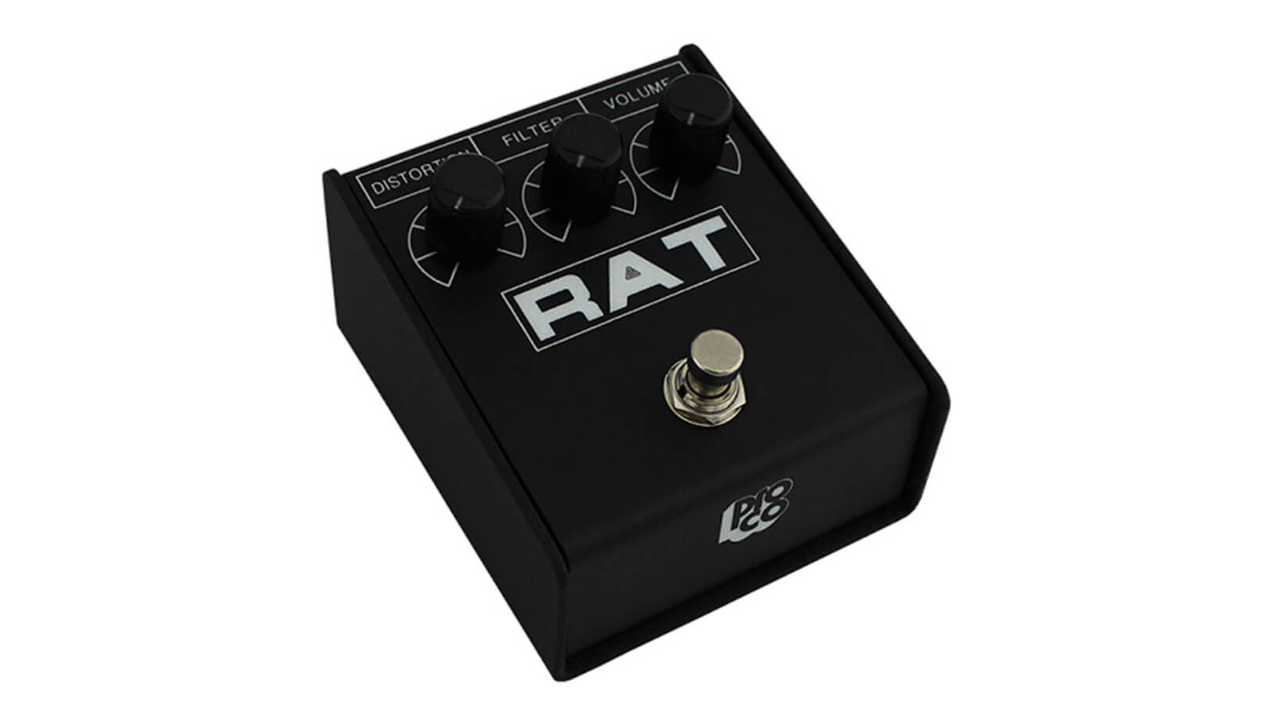
5. ProCo RAT
Our expert review:
Specifications
Reasons to buy
Reasons to avoid
The RAT is the original high-saturation distortion, and it still stands up for everything from post-hardcore to metal. Though its EQ options aren't so good for the djent kids, a flabby bottom-end is easy to fix at the amp end.
Much of the tone of the original RAT was derived from the near triangular clipping caused by the slew rate of its LM308 opamp. More modern units don't use this component however, so if you want the most authentic tone, try a replica like the Walrus Audio Iron Horse V2.


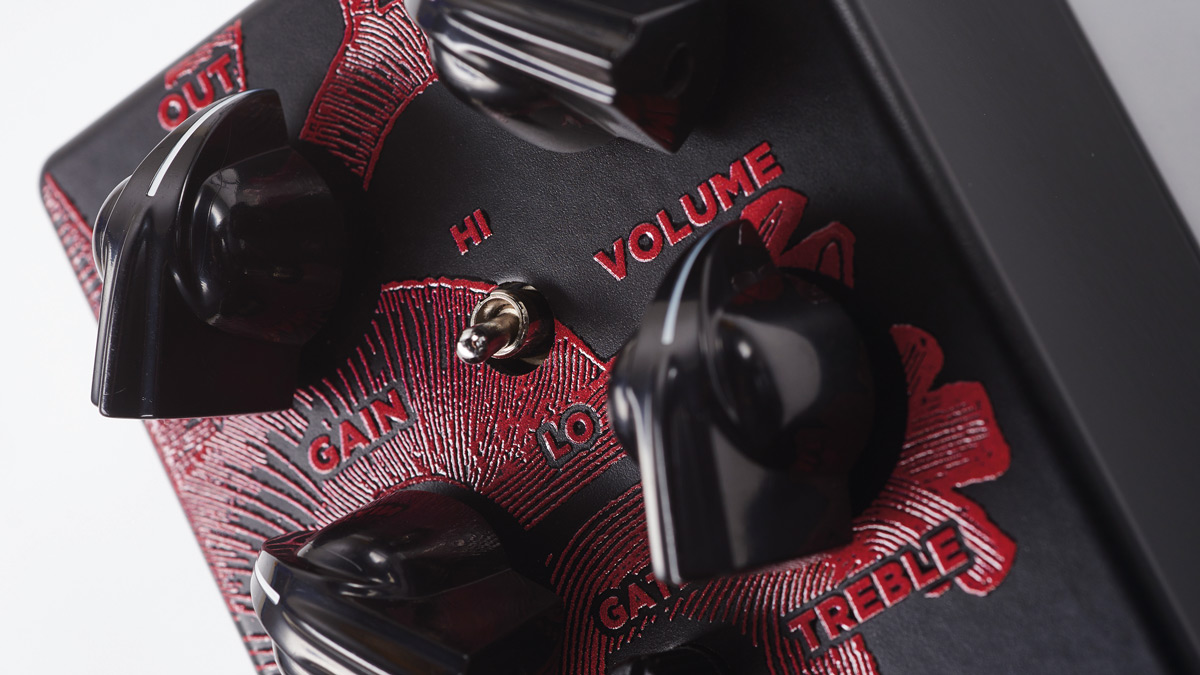
6. KHDK Dark Blood
Our expert review:
Specifications
Reasons to buy
Reasons to avoid
Kirk Hammett's signature distortion pedal is a brutal-sounding thing, with a raging stack-esque delivery. Background noise is kept to a minimum with an onboard noise gate, but the big selling point is the Doom knob, which dials in a monstrous landslide of bottom-end for that crushing tone that Kirk’s bandmate James Hetfield is renowned for.
The Hi/Lo switch adds to the tweakability with the Lo setting upping the grunt factor for rhythm and Hi boosting the top-end and sustain for lead breaks. We also love the treble control, which has bags of variation. To have all this power in one reasonably affordable pedal is a dream come true for metalheads.
Read the full review: KHDK Dark Blood
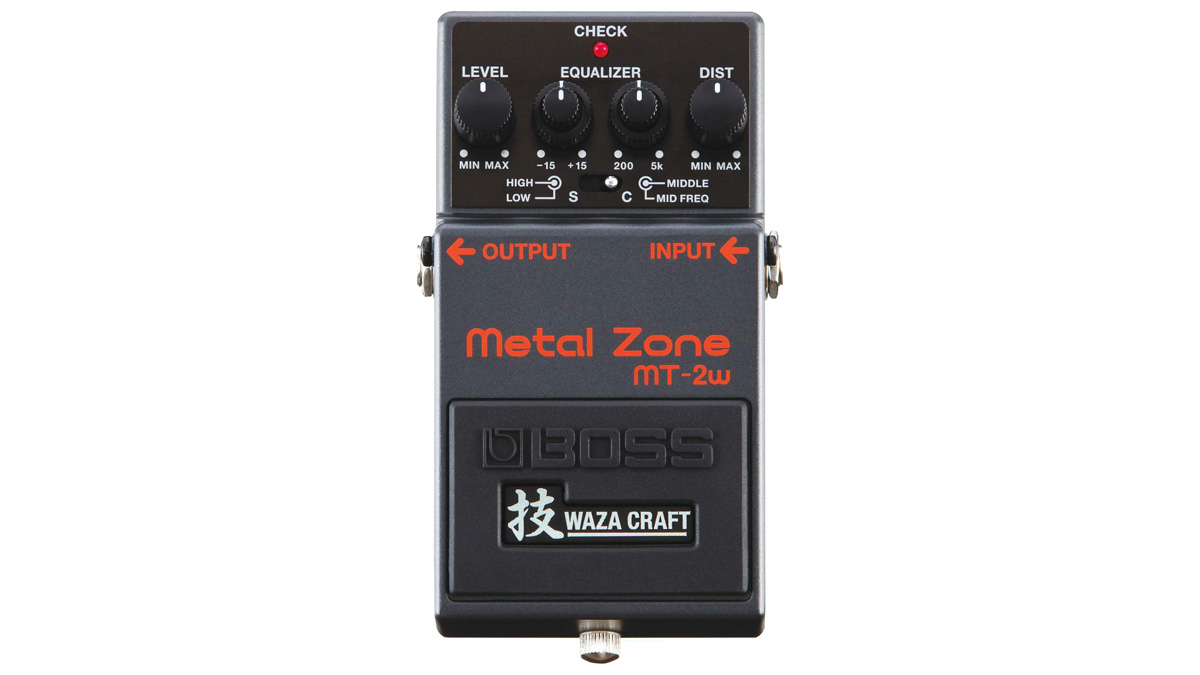
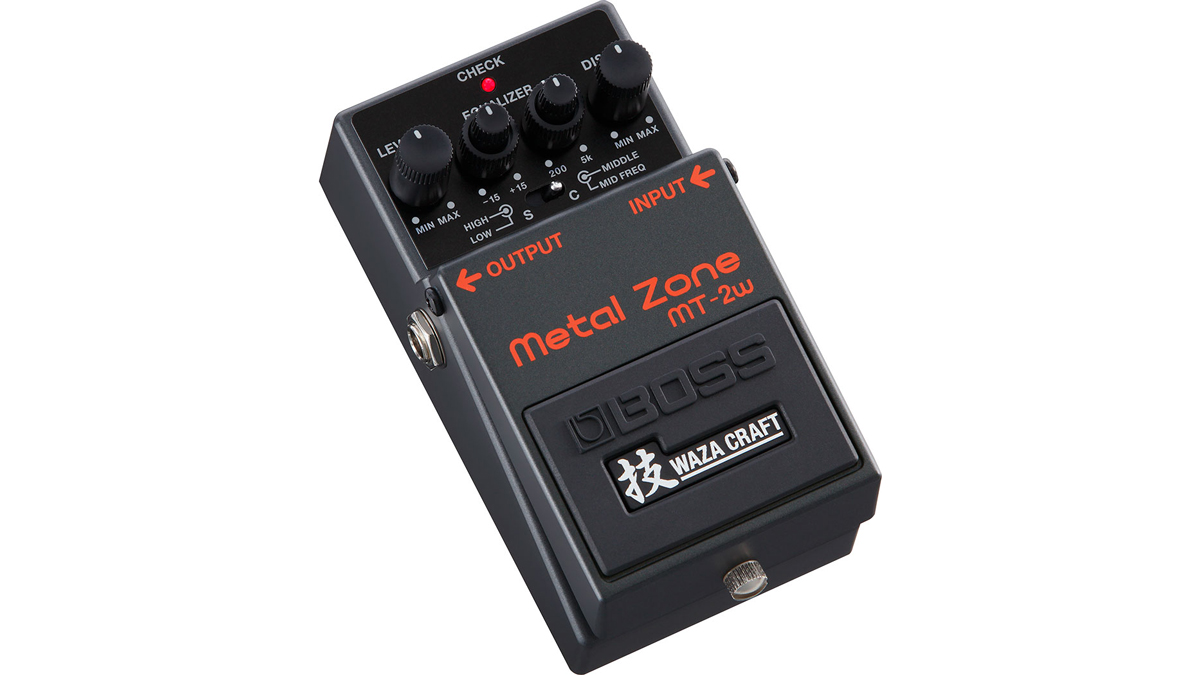
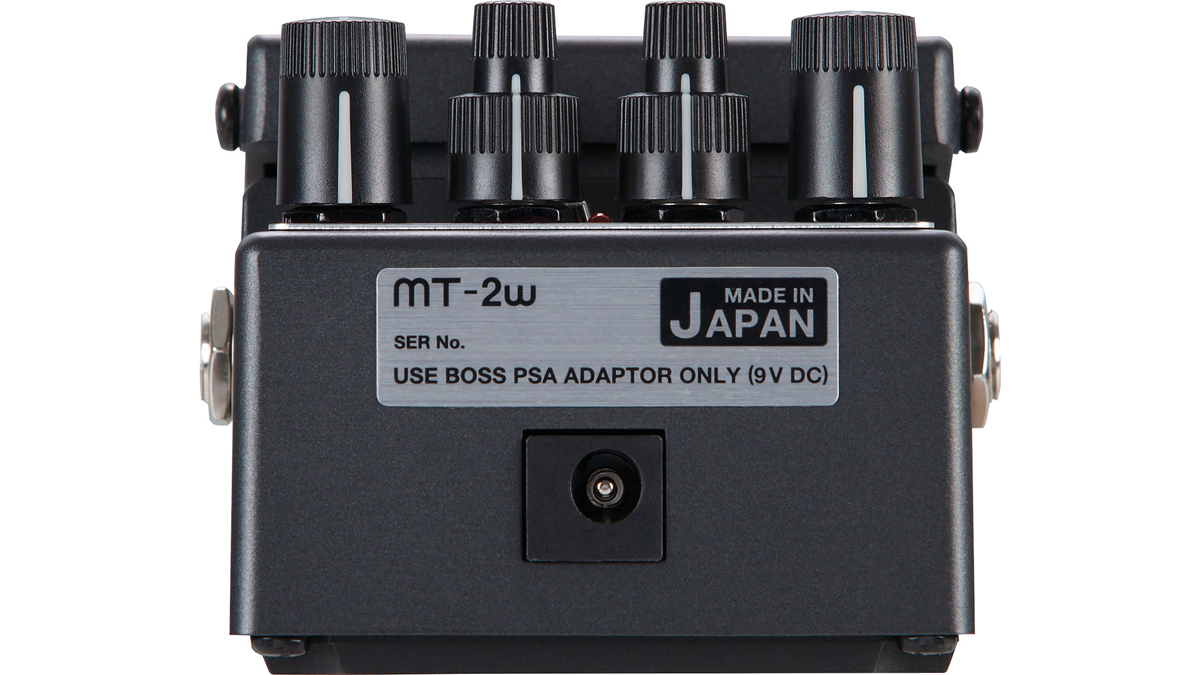
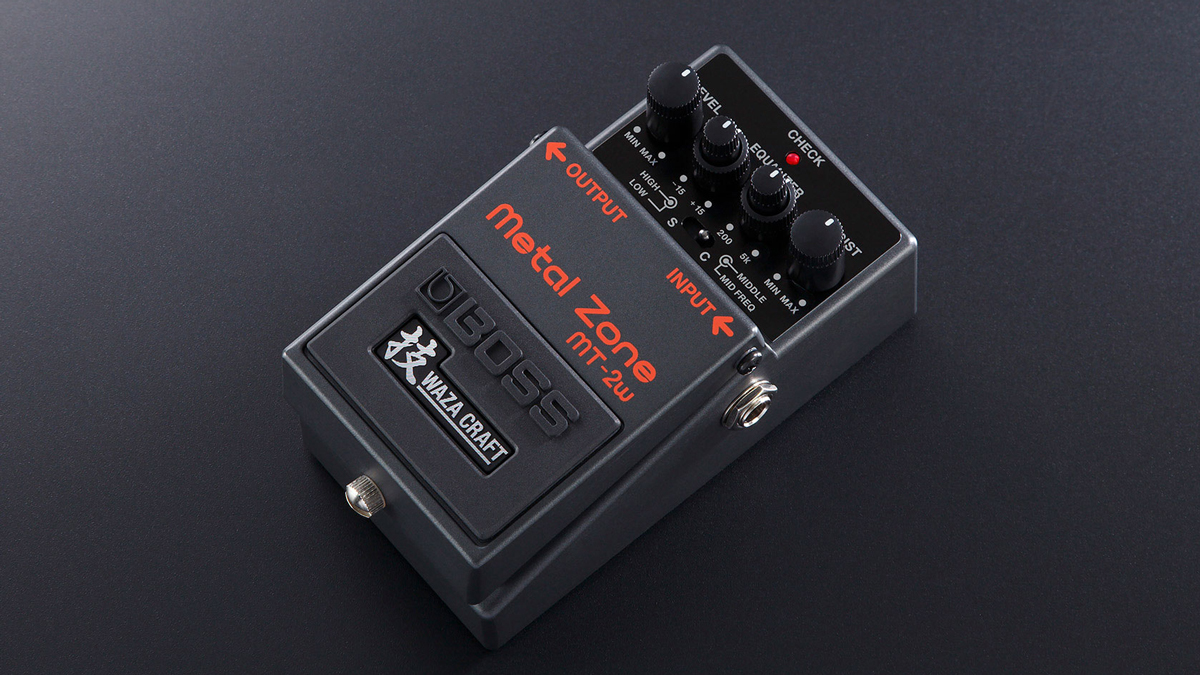
7. Boss MT-2W Metal Zone
Our expert review:
Specifications
Reasons to buy
Reasons to avoid
Though it’s a divisive pedal, we’ve always been fans of the Metal Zone. With a powerful EQ section and a wide sweep on the gain control, it’s easy to dial in punchy sounds that cut through a band mix.
Shooting out standard mode on the Waza version with our original MT-2, we found the newer pedal a bit thinner with the same settings; it requires tweaking to get the ‘bark’ we’re used to, and it’s quieter than the original, too. Switching to the new Custom mode is another story. It’s full, throaty and easy to control at the bass end, though we still found the EMGs on our seven-string oversaturated it.
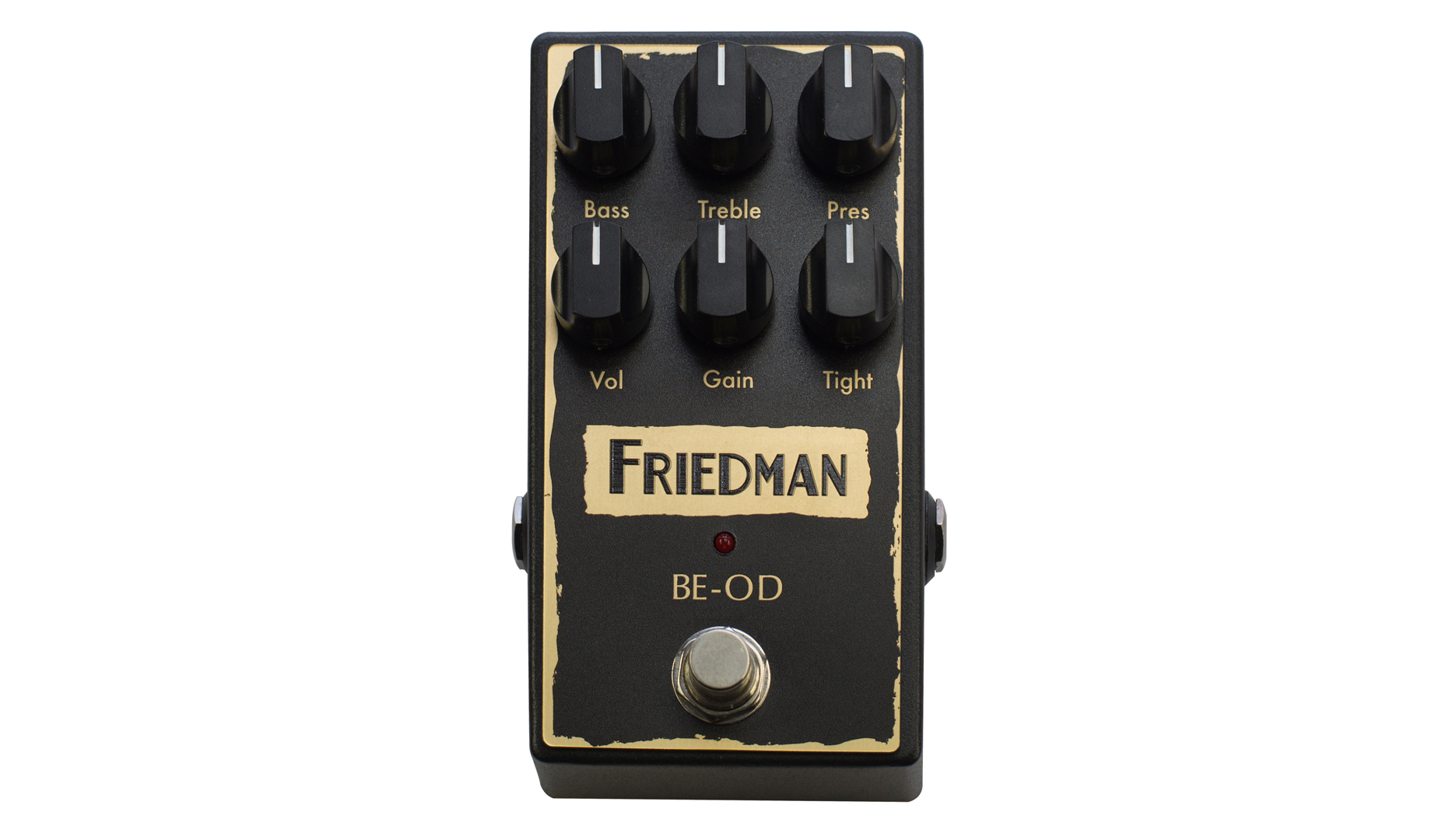
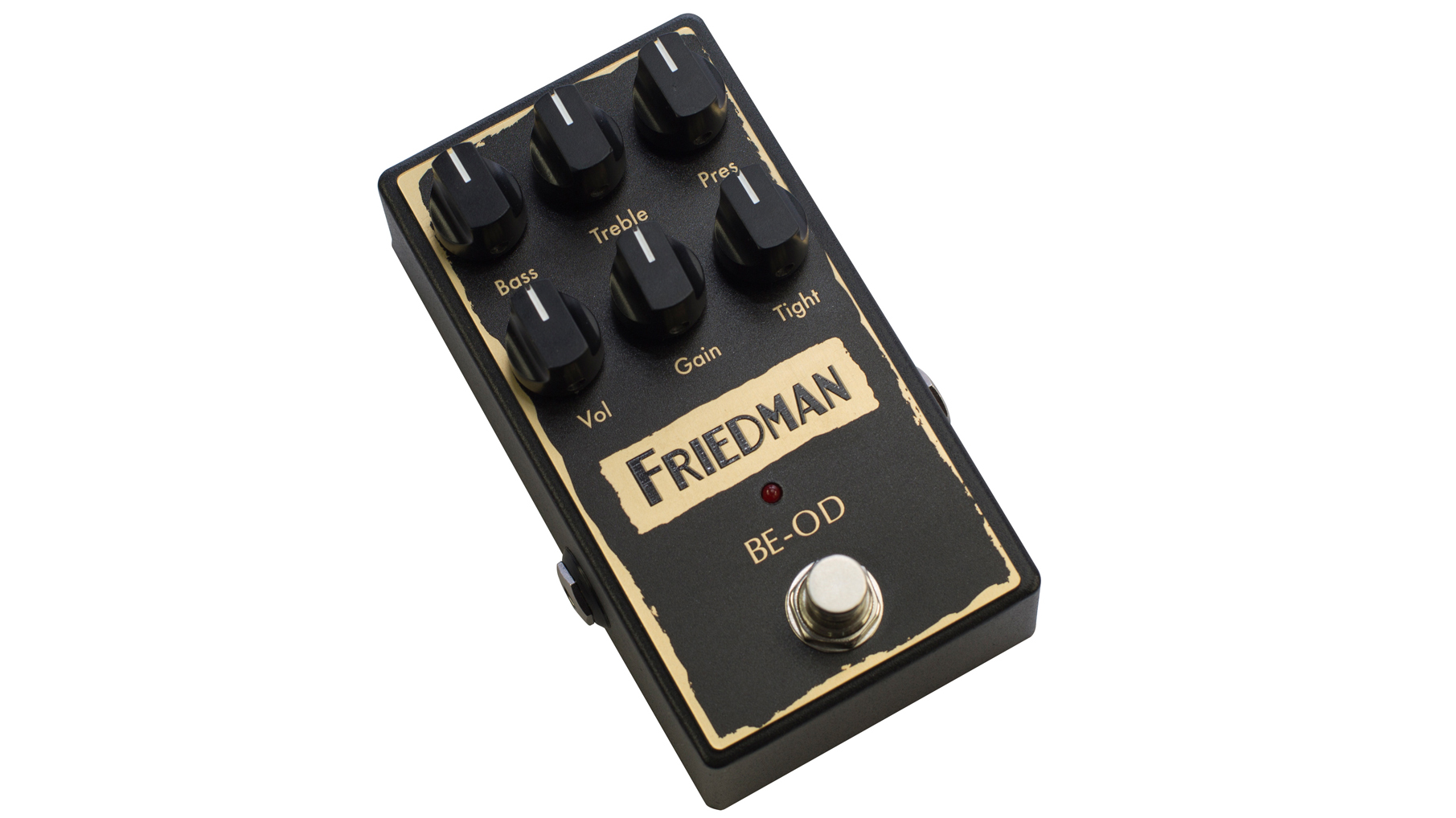
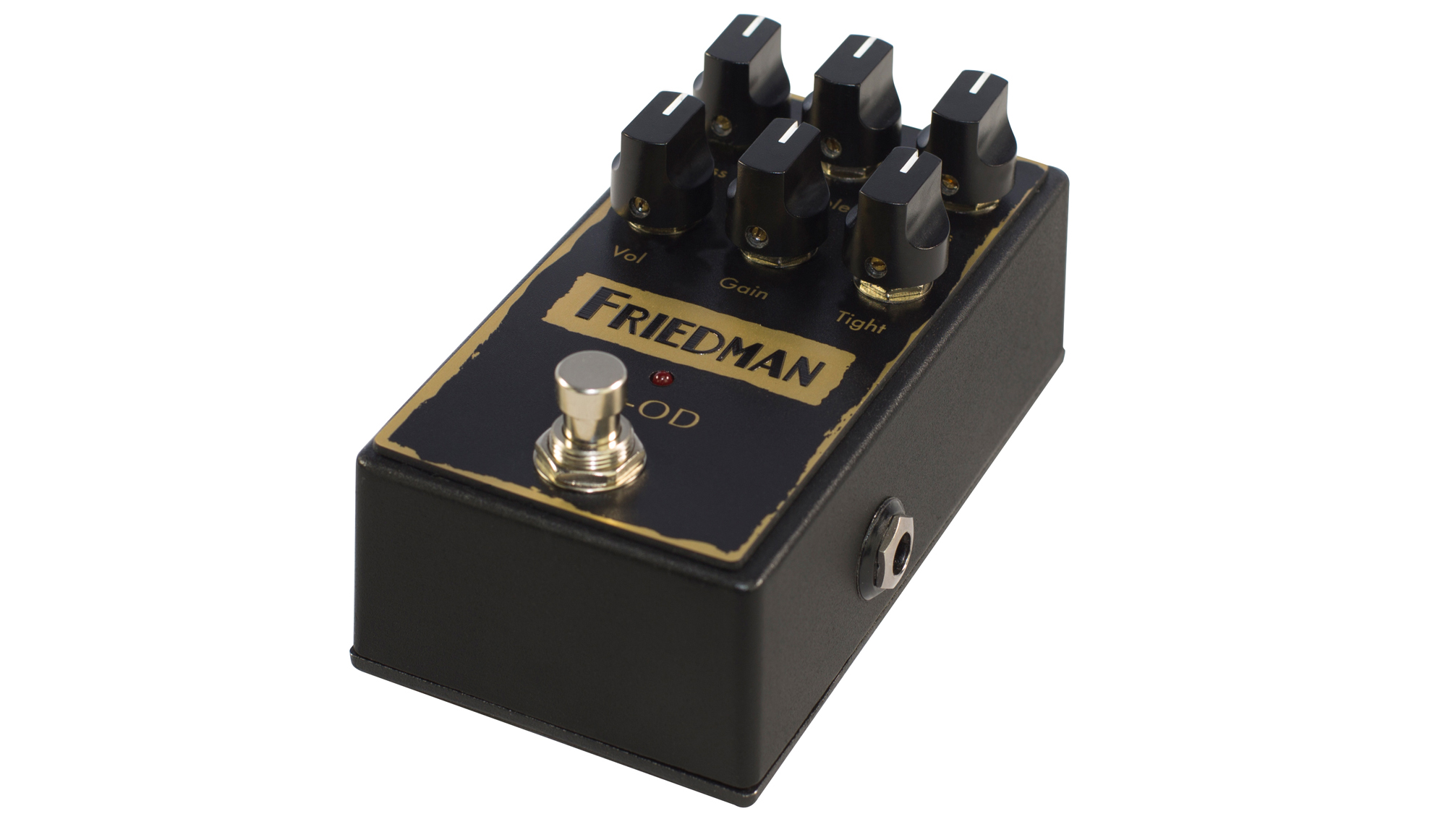
8. Friedman BE-OD
Our expert review:
Specifications
Reasons to buy
Reasons to avoid
The BE-OD pairs down Friedman’s Marshall-inspired BE-100 amp to pedal form. Control-wise, it’s similar to a fully fledged preamp, and there’s an internal gain trim pot, too. This is a cracking all-round distortion.
Its defined bite and increased output is very noticeable and the tight control does exactly that - removing flab - and the BE impressively retains its character across the gain spectrum.
Read the full review: Friedman BE-OD
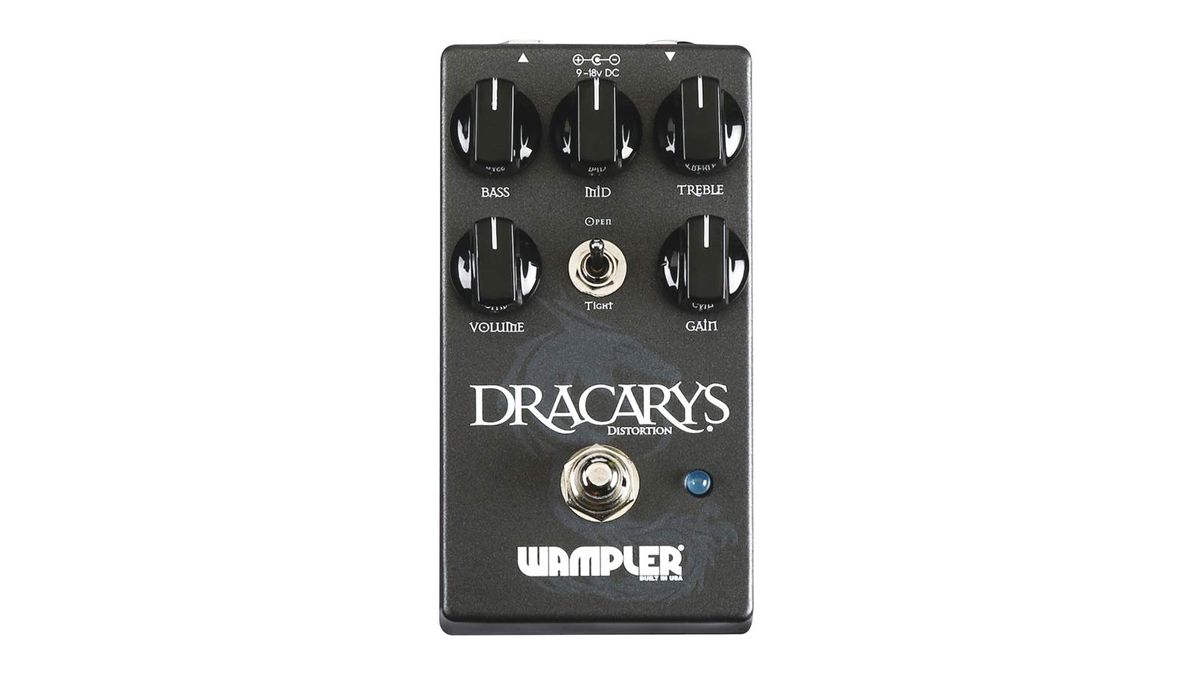
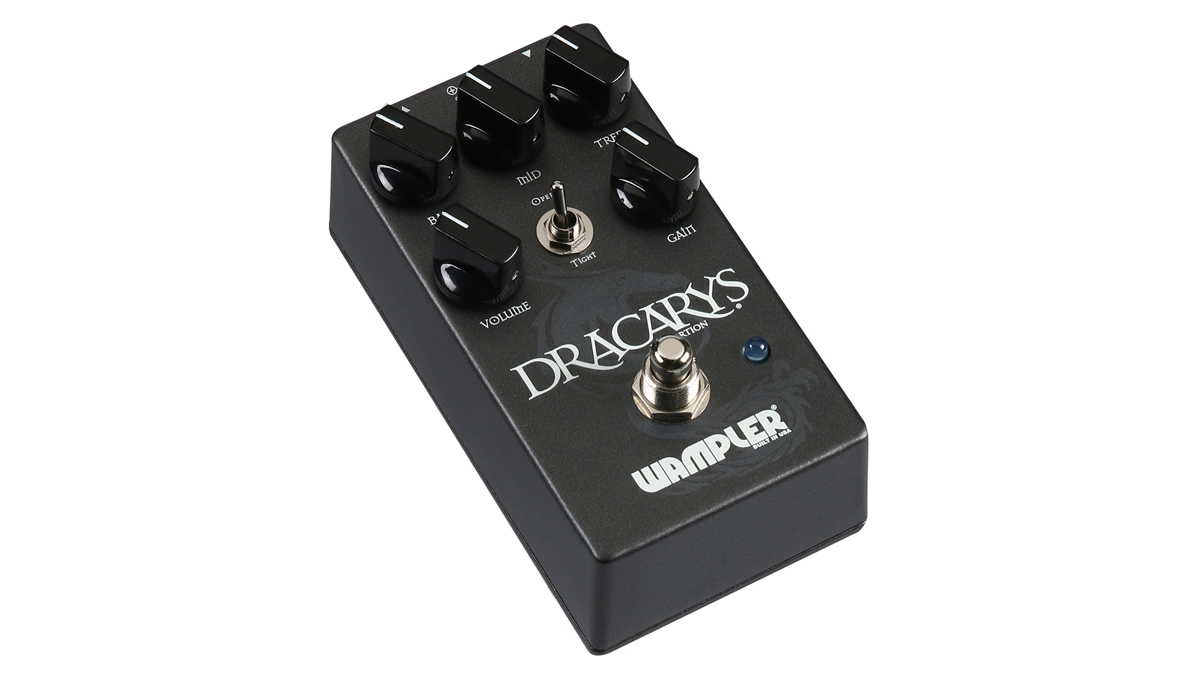

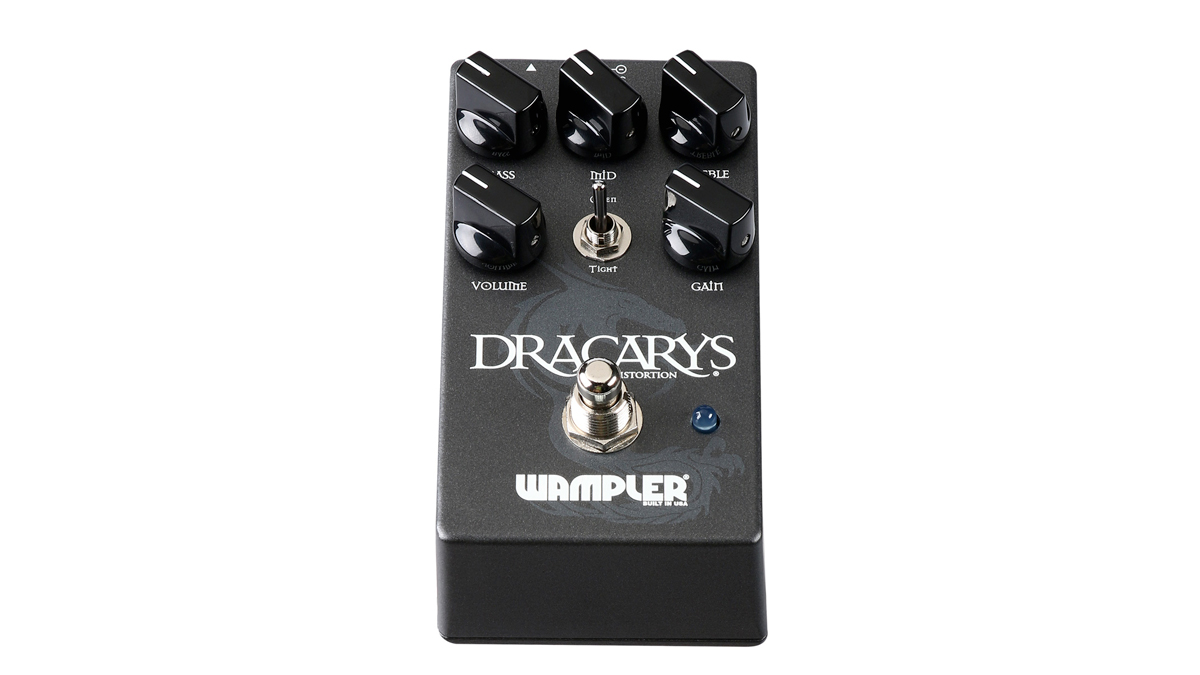
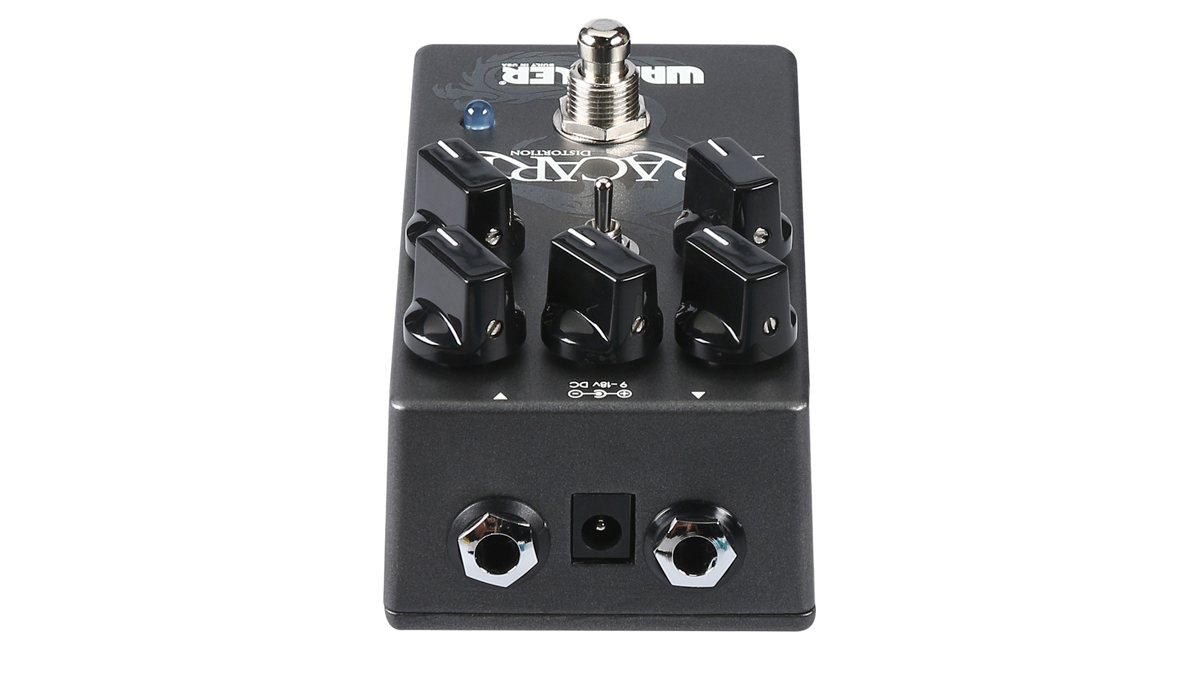
9. Wampler Dracarys
Our expert review:
Specifications
Reasons to buy
Reasons to avoid
With a full, three-band EQ, it’s easy to dial in a punchy distortion sound. Pushing the mids and treble, with the voicing switch set to ‘open’, we’re reminded of the Marshall Shredmaster, albeit with a more intuitive mids control and a better output volume.
With hotter Les Paul pickups, there’s a bit of fizz to tame at the higher-end of the gain knob, and while the ‘tight’ voicing is useful to tame rumble, some adjustment to the EQ, gain and volume controls is needed to achieve unity volume with the pedal in ‘open’ mode. It shines for chord work and lead lines, but is less at home with palm-muted styles.


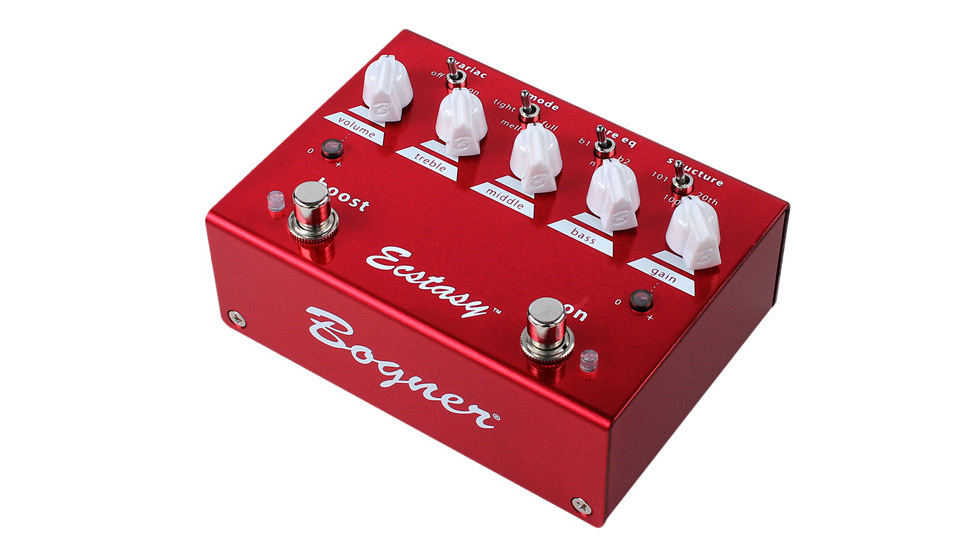
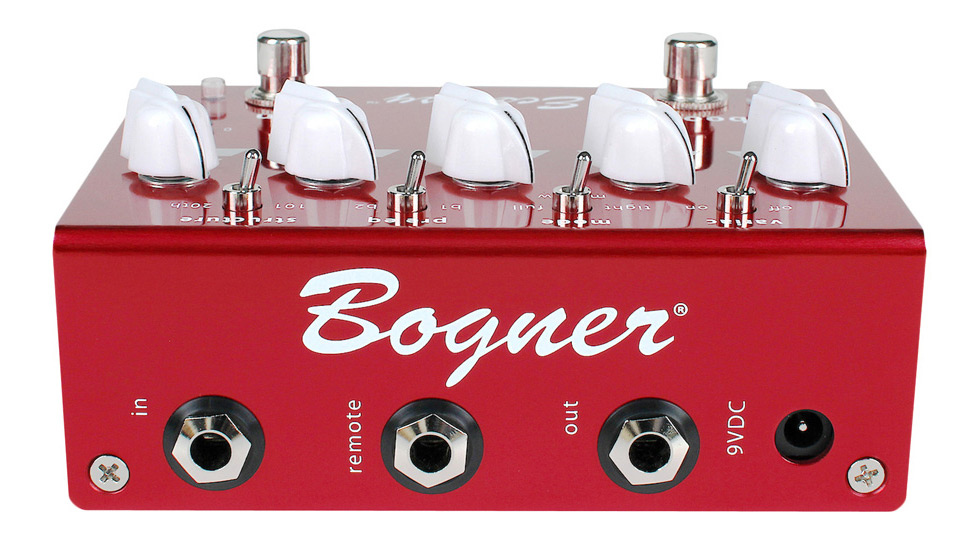
10. Bogner Ecstasy Red
Our expert review:
Specifications
Reasons to buy
Reasons to avoid
The Ecstasy Red pedal delivers the higher-gain modern lead sounds that really put Bogner on the map. There are rotary controls for gain, bass, mid, treble and volume, with two presets for gain and volume that operate in the boost mode.
Above the rotaries are four mini-toggle switches: Variac, which adds a dynamic compression effect; a mode switch with three gain options dubbed Tight, Full and Mellow; a three-way Pre-EQ switch that offers two types of bright emphasis plus a centre neutral option; and a three-way switch called Structure, which changes the pedal's gain and overall tonality to match the Ecstasy 100, 101 and 20th Anniversary versions.
Read the full review: Bogner Ecstasy Red
Best distortion pedals for metal: Buying advice
How to choose the best metal distortion for you
MusicRadar's got your back
The main things you need to decide on when choosing the best distortion pedal for metal is clipping and EQ. The amount of saturation the pedal applies to your signal, and the EQ controls available to shape the distorted tone are how pedals differ. For overdrives the amount of volume on tap matters greatly. With distortions, as long as you can be louder than unity volume, you're good to go.
Metal distortions are usually easy to tell apart from regular distortions for two reasons. First, they have a lot more clipping or saturation. This is usually hard-clipping as a result of diodes or a transistor arrangement that emulates tubes. Second, they're more often than not in a black box.
Overdrives tend to add volume rather than clipping or saturation, and that's why they work well in front of high-gain tube amp heads. By contrast, metal distortions' focus on heavy clipping has an unwelcome side effect. It makes a more extreme sound, but also needs more tweaking to sound good through different amps. Often, your amp's tone is 'drowned out' by the character of the distortion. A good overdrive will normally enhance the amp's natural timbre and tone.
Many highly saturated metal distortions have a powerful EQ section, allowing them to function more like a preamp. Adding clipping as well as a volume boost can result in a build up of undesirable frequencies, usually in the form of high-end 'fizz' or low-end 'rumble'. Having a flexible EQ section can alleviate this.
The much-misunderstood BOSS Metal Zone is one of the best examples. Its precise 3-band EQ allows you to control bass and treble, as well as select the frequency of the mids between 200Hz and 5kHz. Of course, you can deal with EQ issues at the amp, but that might leave your clean tone too thin when the pedal is off.
How we chose the best distortion pedals for metal
Here at MusicRadar, we are experts in our field, with many years of playing, creating and product testing between us. We live and breathe everything music gear related, and we draw on this knowledge and experience of using products in live, recording and rehearsal scenarios when selecting the products for our guides.
When choosing what we believe to be the best distortion pedals for metal available right now, we combine our hands-on experience, user reviews and testimonies and engage in lengthy discussions with our editorial colleagues to reach a consensus about the top products in any given category.
First and foremost, we are musicians, and we want other players to find the right product for them. So we take into careful consideration everything from budget to feature set, ease of use and durability to come up with a list of what we can safely say are the best distortion pedals for metal on the market right now.
Find out more about how we test music gear and services at MusicRadar.
Related buyer's guides
- Enter seventh heaven with the best 7-string guitars
- Get your horns up and explore the best guitars for metal
- Check out the best metal amps you can buy right now
- Dive into more of the best distortion pedals
- Or explore the best overdrive pedals
- Power up with the best pedalboard power supplies
Want all the hottest music and gear news, reviews, deals, features and more, direct to your inbox? Sign up here.
MusicRadar is the number one website for music-makers of all kinds, be they guitarists, drummers, keyboard players, DJs or producers...
- GEAR: We help musicians find the best gear with top-ranking gear round-ups and high-quality, authoritative reviews by a wide team of highly experienced experts.
- TIPS: We also provide tuition, from bite-sized tips to advanced work-outs and guidance from recognised musicians and stars.
- STARS: We talk to musicians and stars about their creative processes, and the nuts and bolts of their gear and technique. We give fans an insight into the craft of music-making that no other music website can.
